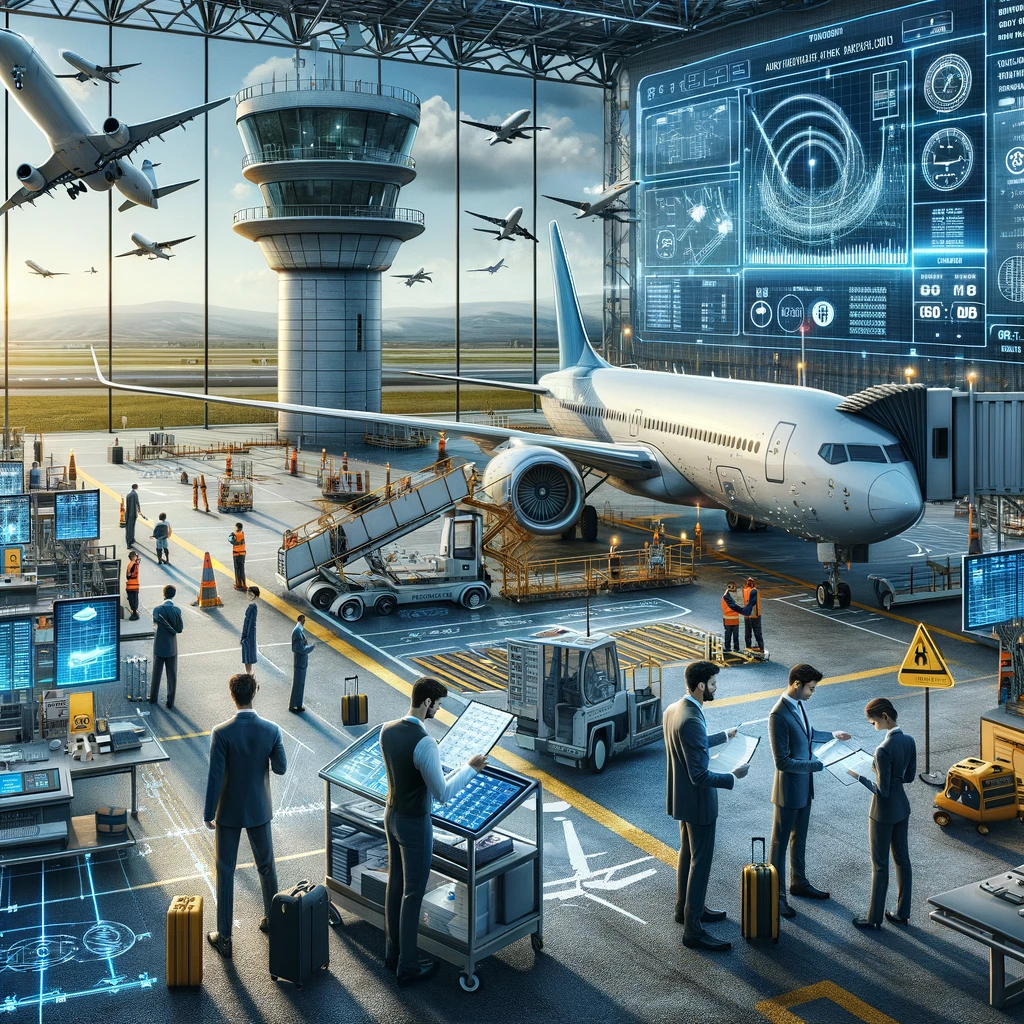The aviation industry, emblematic of human progress and technological innovation, operates within an ambit where precision, safety, and rigor are not just ideals but essential mandates. Aviation safety standards form the cornerstone of this sector, ensuring the safe passage of millions of passengers and the seamless movement of cargo across the skies.

We show the essence, development, and legal enforcement of aviation safety standards, elucidating their pivotal role in shaping an industry where safety is paramount and compromise is not an option.
The Essence of Aviation Safety Standards
Aviation safety standards are a sophisticated blend of technical specifications, operational guidelines, and procedural norms, born from rigorous analysis and collective expertise. These standards meticulously govern every aspect of aviation from aircraft design and manufacturing to the nuances of flight operations and maintenance.
In the realm of air traffic control and emergency response protocols, these standards ensure a harmonious flow of aircraft and preparedness for any contingencies. They represent the industry’s unwavering commitment to safety and form the foundation of trust between the aviation sector, its patrons, and overseeing regulatory bodies.
This profound commitment not only upholds the integrity of aviation operations but also reinforces the sector’s dedication to preserving human life. These standards are more than guidelines; they are the pillars of an industry where safety is ingrained in every practice and protocol.
Development and Codification of Safety Standards
The creation of aviation safety standards is an ever-evolving journey. It’s propelled by technological progress, shifts in risk assessment, and a steadfast commitment to improving safety. Key players in this process include global entities such as the International Civil Aviation Organization (ICAO). They collaborate with national aviation bodies, industry insiders, and safety specialists to craft and refine these crucial standards.

These standards are meticulously documented and made accessible through comprehensive regulatory texts, technical manuals, and operational directives. This ensures that the guidelines are clear, reachable, and uniformly applied across the aviation industry.
Legal Frameworks Enforcing Aviation Safety Standards
Aviation safety standards are rigorously upheld through comprehensive legal structures encompassing international agreements, national laws, and industry-specific rules. A prime example is the 1944 Chicago Convention, a seminal treaty that instituted the International Civil Aviation Organization (ICAO) and laid the groundwork for uniform global aviation regulations.
Nationally, civil aviation bodies wield the legal mandate to implement these standards, ensuring adherence and taking action when deviations occur. These authorities are instrumental in supervising compliance, conducting oversight, and applying necessary sanctions or remedies to address any breaches of the established safety protocols.
Continuous Improvement and Adaptation of Safety Standards
The aviation industry’s fast-paced technological growth and changing operational landscapes mean that safety standards are dynamic, not fixed. These standards undergo constant evaluation, refinement, and enhancement. This rigorous process integrates safety data scrutiny, risk evaluation, the latest technological breakthroughs, and insights from within the industry.
Such an approach guarantees that these standards are not just current but also proactive and anticipatory. They adapt to meet emerging challenges and avert potential risks, ensuring the industry’s safety measures are always several steps ahead.

Challenges in the Implementation and Harmonization of Safety Standards
Implementing and unifying aviation safety standards globally is a complex endeavor. Despite the collaborative nature of these standards, their consistent application faces hurdles. Variations in resources, expertise, and regulatory frameworks among nations result in differing levels of adherence and enforcement.
Bridging these gaps demands a unified approach, encompassing targeted capacity-building measures and a dedicated push towards international cooperation. Such collective efforts are crucial in fostering a global aviation environment that is uniformly safe and secure.
The Role of Legal Professionals in Upholding Aviation Safety Standards
Legal experts are pivotal in maintaining aviation safety standards. They show the interpretation, application, and evolution of legal structures supporting these standards. Their work ensures these regulations are not just legally robust but also resonate with wider socio-economic aims and fairness principles.
In instances of aviation incidents, these professionals become crucial navigators. They adeptly handle the intricate mesh of safety rules, liability issues, and the broader quest for justice and compensation, ensuring a balanced and just resolution.
Aviation safety standards, continuously evolving and legally enforced, ensure the industry’s commitment to uncompromising safety and integrity.
Source: FAA
